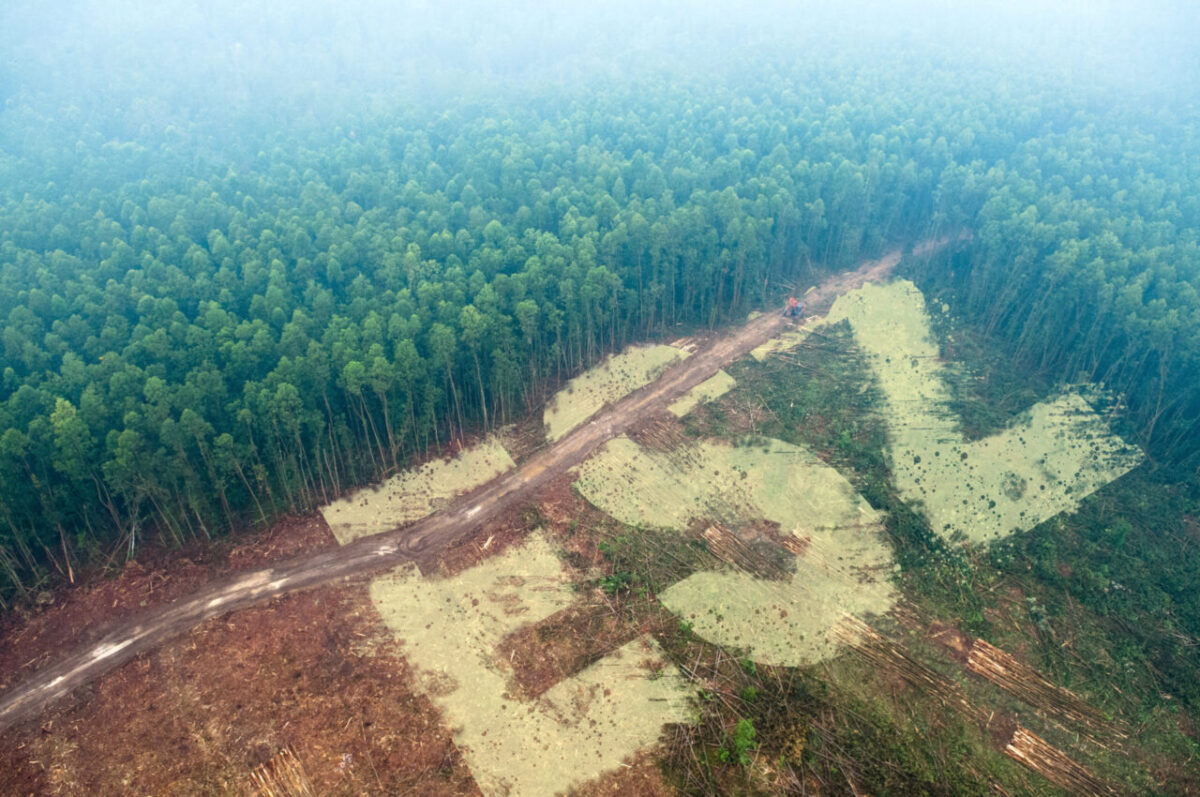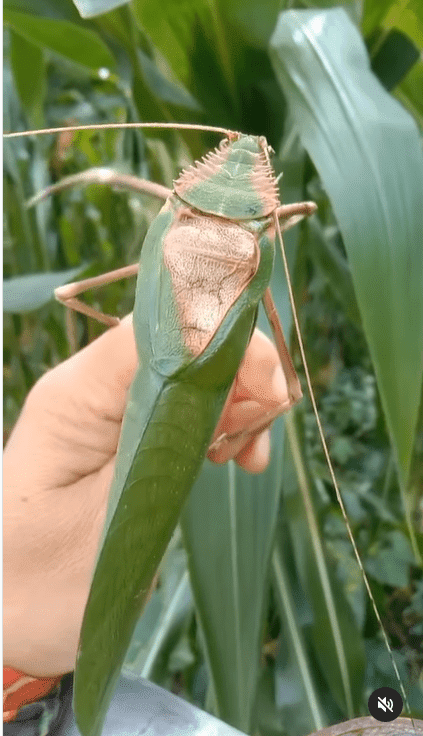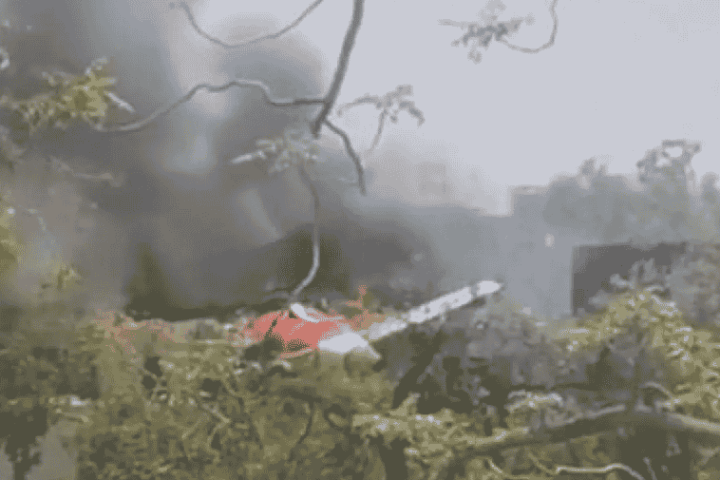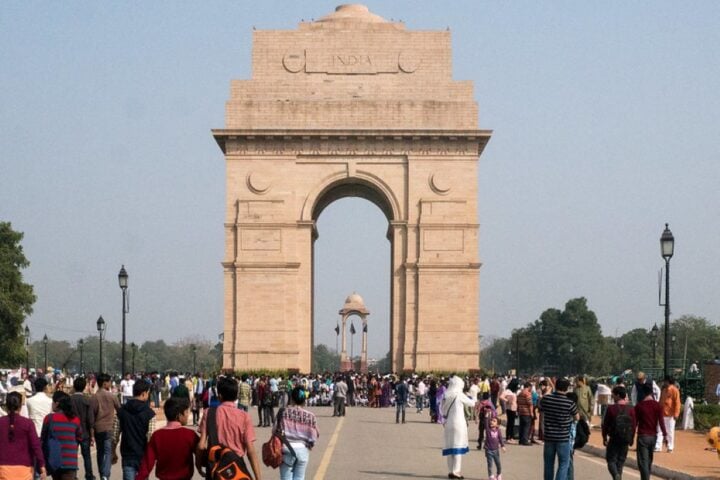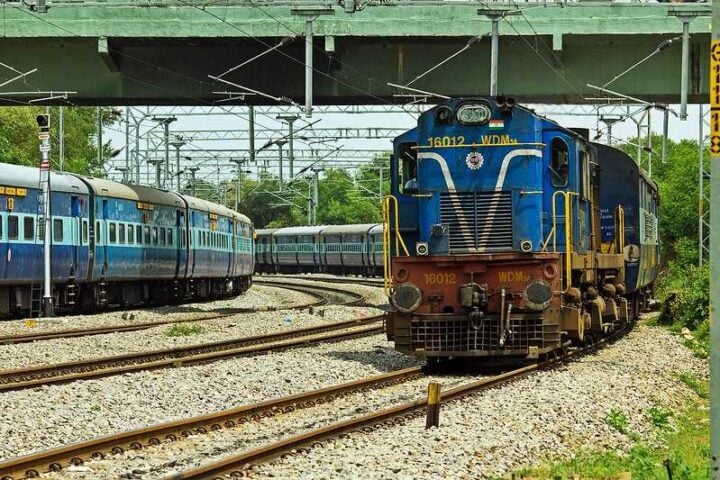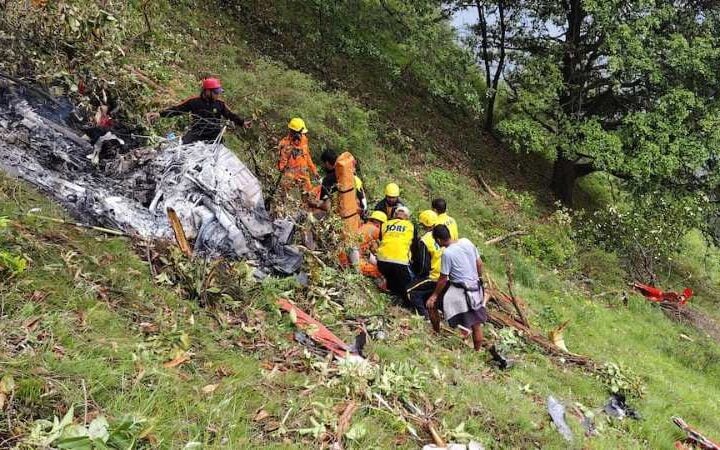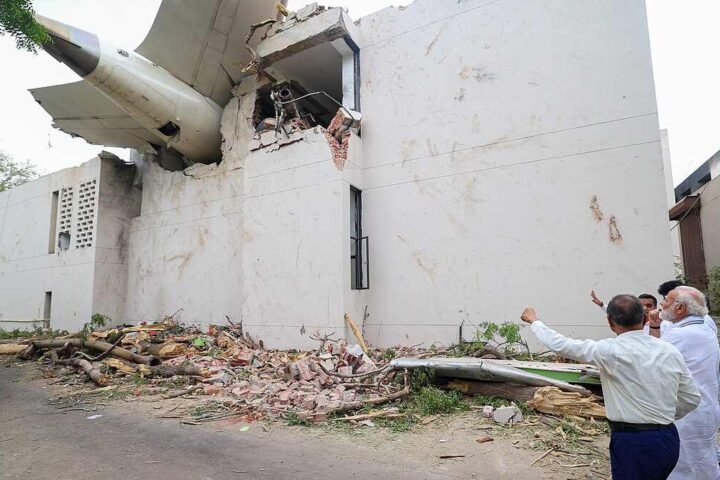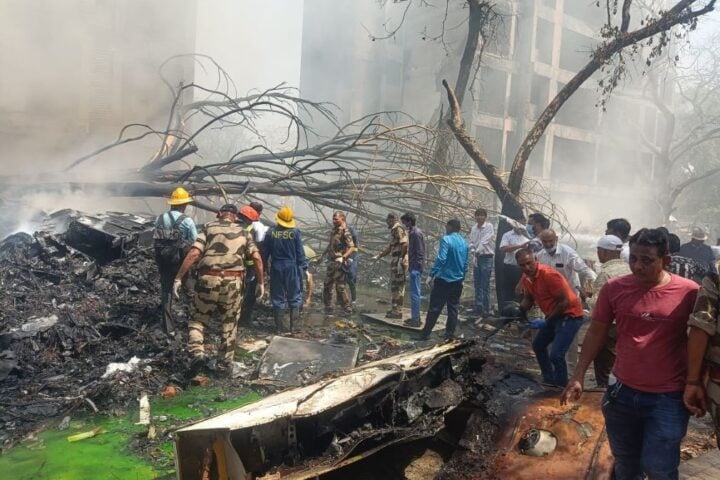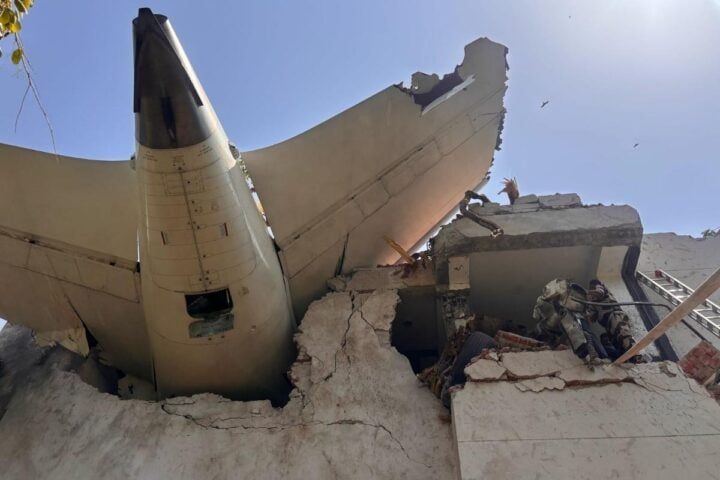In a civil jurisdiction passed on 3rd June 2022, the Supreme Court of India issued further guidelines for the creation and maintenance of Eco Sensitive Zones. Ruling against the applications, the court deemed that the guidelines set on February 9, 2011, were “reasonable”. This was similar to the case in 2006 when an application was brought forth to protest the restrictions laid by the ESZ on commercial activity. This time the petition was raised by a series of miners and the governments of certain states. Justices L Nageswara Rao, BR Gavai and Aniruddha Bose were responsible for this ruling.
According to the court’s decision, each state and union territory was asked to set up an Eco-Sensitive Zone (ESZs) in the protected forests within the state limits. ESZs were intended to create protected areas which would lessen the burden of such activities on the ecology of the forest. To that end, no mining or permanent structures would not be allowed in these areas. These zones could be increased but could not be decreased unless in the case of contiguous zones or if a kilometre was impractical. Special rules would apply in those situations, such as in Sanjay Gandhi National Park or Guindy National Park. The Court also asked that the Chief Conservators of Forests of the state should create and provide a report on the existing structures in these areas. This report was to be submitted to the court within a period of 3 months.

To oversee and manage the creation of these ESZs, the court ordered the creation of a Central Empowered Committee (CEC). The supreme court had ordered its creation on 9th May 2002. The CEC’s role is to monitor the ESZs and submit reports when required. They also assess whether the state is following and has aligned itself with the orders relating to these zones. They check and report on issues of encroachment and the conservation of the forest.
The following year in 2003, recommendations were brought forth by the CEC. They created a report on the environmental degradation by private miners in Jamwa Ramgarh in Rajasthan. The report laid out a terrible scene of degradation. The report recommended the extension of the safety zone to a minimum of 500m instead of the earlier 25m. According to the order, commercial mining, the installation of polluting sawmills and enterprises, commercial use of firewood, and the establishment of big hydroelectric projects are all prohibited activities. The use of any hazardous substances, as well as tourism-related activities such as overflying the national park region by any aircraft or hot-air balloons, and the dumping of effluents and solid waste into natural water bodies or terrestrial areas, have all been regarded as forbidden activities. The size of these ESZs could be increased as per requirements but should not be decreased. If the existing size of a protected area was larger than the proposed ESZ, then the previous area should prevail.
This original writ petition was led by T.N Godavarman Thirumulpad and raised in 1995. It was intended to bring attention to the environmental degradation of forest areas in the Nilgiris in Tamil Nadu. The original petitioner has passed since then, but the court has commandeered the case as a Public Interest Litigation under the title of “in Re: T.N. Godavarman Thirumulpad v. Union of India and Ors”. The orders from the court were turned into an Interlocutory Application, which was given the number I.A. 1000 of 2003.
//A list of the regulations created by the court.//
The ESZs are supposed to follow the following regulations:
- Each protected forest that lies within a national park or a wildlife sanctuary must have an ESZ of a minimum of one kilometre.
- If a protected zone was already in existence and it extended beyond one kilometre, the existing zone would take precedence.
- The Principal Chief Conservator of Forests, as well as the Home Secretary of each State and Union Territory, will be responsible for ensuring that the Guidelines are followed to the letter. In addition, each State and Union Territory’s Principal Chief Conservator of Forests must prepare a report for each structure within. Drones and satellite imagery can be used.
- Mining is prohibited within the national parks and wildlife sanctuaries.
- Any existing action may be continued at the discretion of the Principal Chief Conservator and after obtaining the appropriate permission. No new permanent structures will be allowed to be built for any reason within the ESZs.
- They can decrease the required area, but they must first approach the CEC and the MoEF&CC, who will both present their respective opinions to the Court. The Court will then issue an order based on this information.
- If the CEC, MoEF&CC, and the Standing Committee of the National Board of Wildlife believe that the territory needs to be expanded, then CEC will investigate. After consulting with all the stakeholders, they can present their recommendations to the Court.
- Because many states have yet to submit bids, they will be forced to use the guidelines established during the Goa Foundation’s case until further notice.
